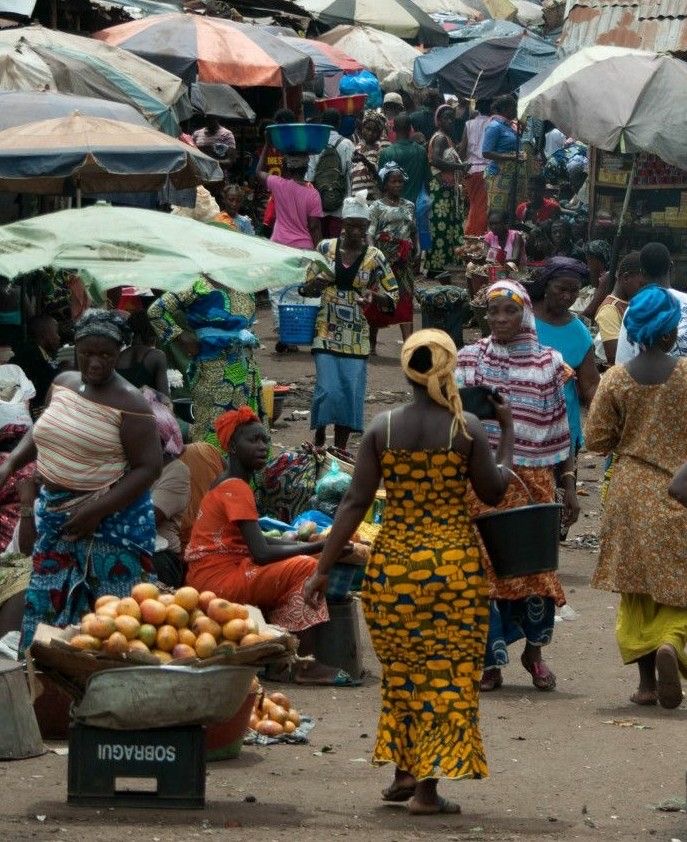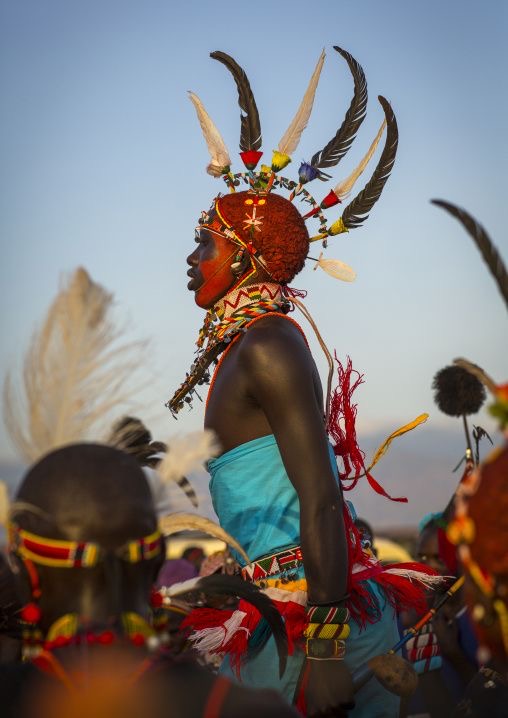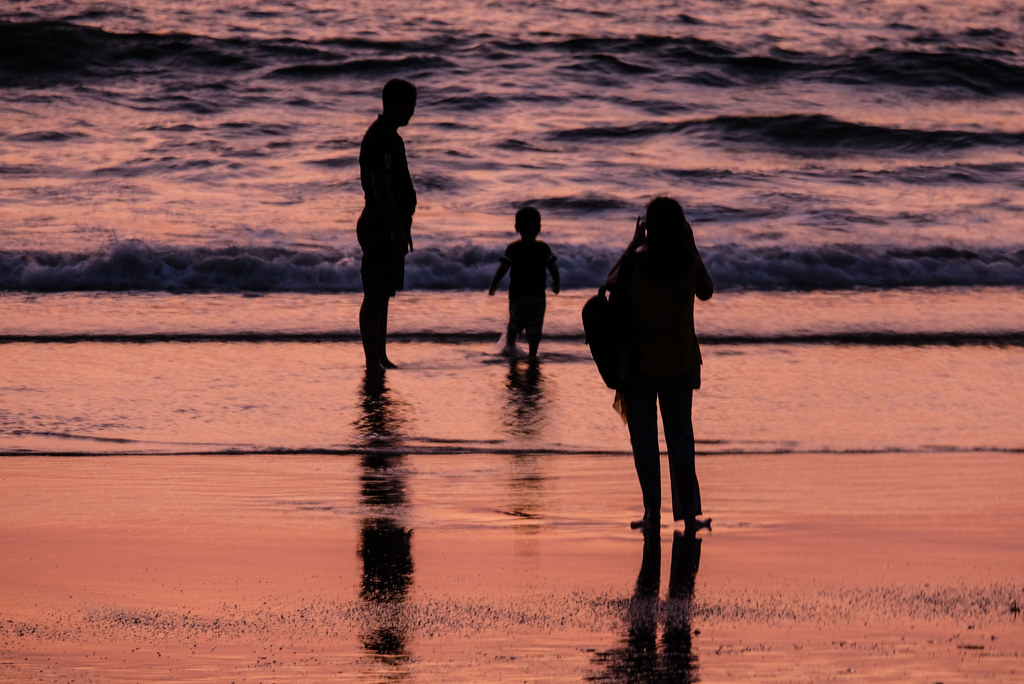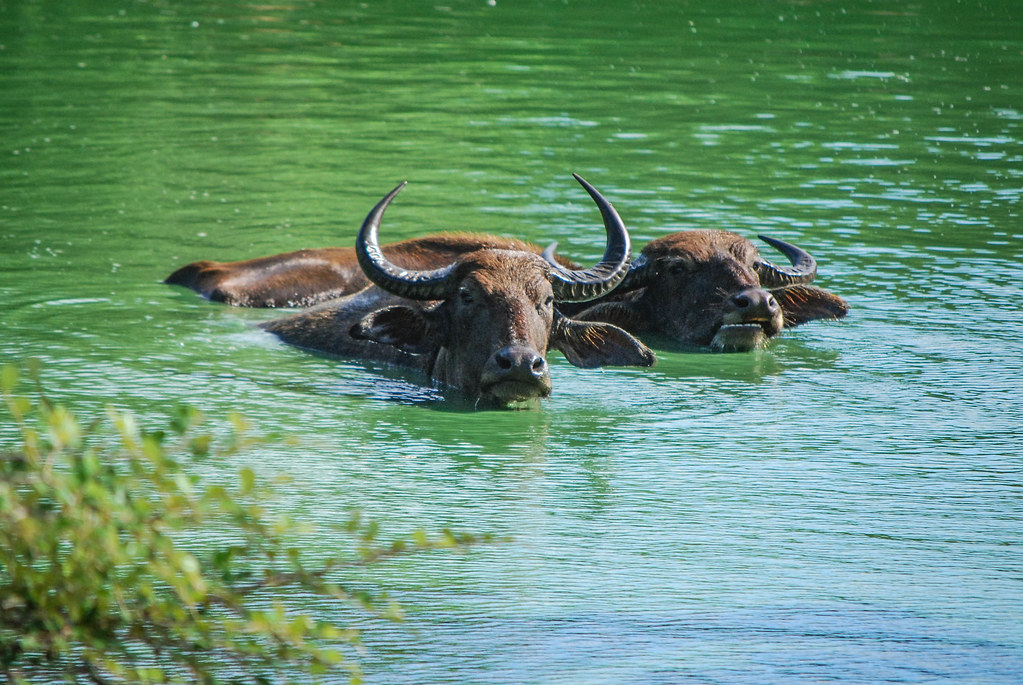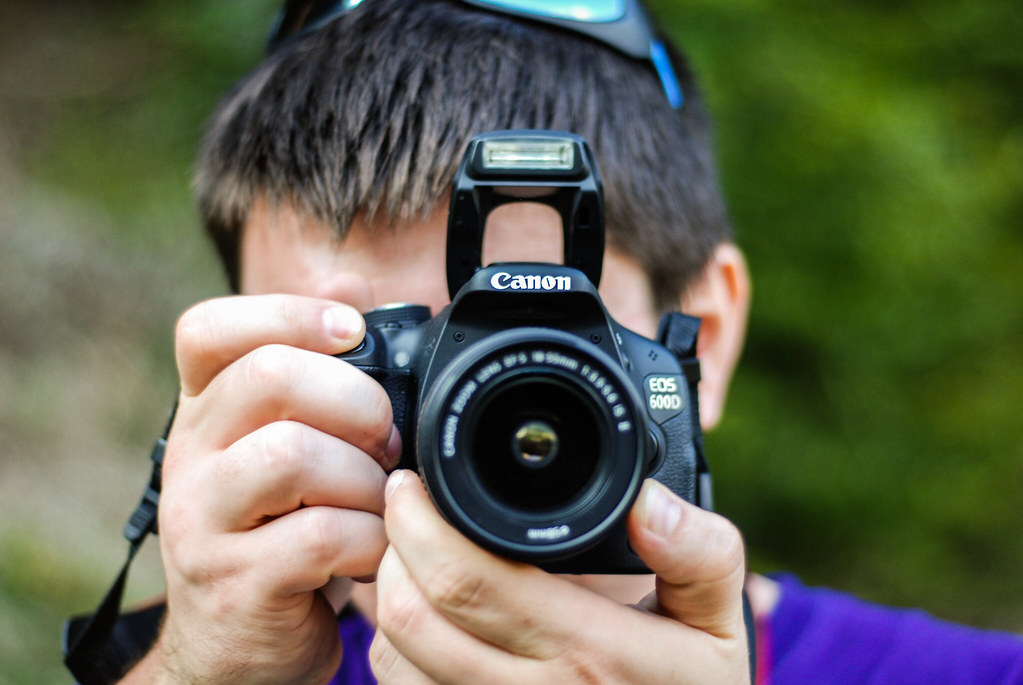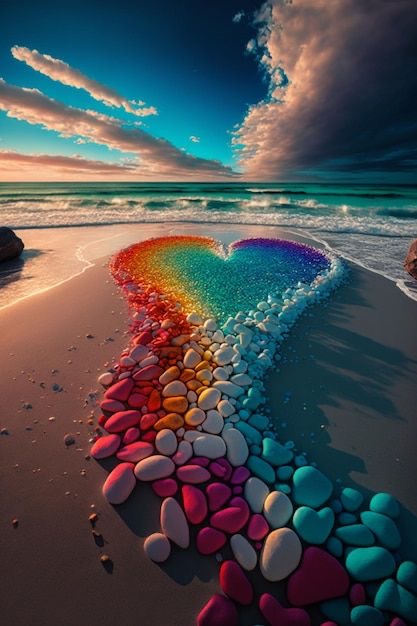Ultimate Guide to Visiting Kenya: Essential Tips for Global First-Timers
Traveling to a new destination always comes with a sense of excitement and a touch of anxiety, especially when it’s a place as diverse and vibrant as Kenya. As someone who has experienced the wonders of this East African gem, I can assure you that Kenya has the potential to provide an unforgettable journey. Known for its rich wildlife, stunning landscapes, and cultural heritage, Kenya stands out as an ideal destination for travelers from all walks of life. Whether you’re an ardent adventurer keen on safaris and treks, or a culture enthusiast eager to engage with local traditions, this country has something to offer for every curious soul.

Preparing for a trip to Kenya requires careful consideration. From securing travel documents to adapting to local customs, each step taken before the journey plays a crucial role in the overall experience. Though I found that, while navigating through the preparation process might seem daunting initially, it enhances the anticipation of the impending adventure—each tick off the checklist bringing you closer to the majestic plains of the Maasai Mara and the warm turquoise waters of the Indian Ocean.
Key Takeaways
- Kenya offers a rich tapestry of wildlife and cultural experiences.
- Thorough preparation is key to a seamless travel experience.
- Each step of planning enriches the anticipation of adventure.
Preparing for Your Trip to Kenya
Before embarking on a Kenyan adventure, it’s essential to have all the basics covered. My guide focuses on practical preparations that will ensure a smooth experience from entry requirements to the cultural nuances of budgeting in Kenya.
Visa and Entry Requirements
Kenya requires most travelers to have a visa. I can apply for one electronically via the official eVisa website or get a visa on arrival, though the former can save time upon landing. My passport must be valid for at least six months with at least two blank pages for stamps.
Vaccinations and Health Precautions
It’s crucial to protect my health while traveling. I must consult with a healthcare provider for vaccinations such as Yellow Fever, and I’ll likely need to take precautions against malaria. Carrying a basic travel health kit and securing comprehensive travel insurance for medical emergencies is advisable.
When to Visit
Timing my visit can greatly impact my experience. The best wildlife viewing months in Kenya are during the dry seasons from late June to October and from December to February. If I want to witness the Great Migration, July to September is optimal.
What to Pack
My packing list should include lightweight, breathable clothing and robust walking shoes. For safari trips, neutral colors help me blend into the surroundings. I’ll also need sun protection and a good quality camera. Mornings can be cooler, especially on safari, so it’s smart to layer.
Currency and Budgeting
The Kenyan Shilling (KES) is the local currency, and while some places accept credit cards, cash is king, especially in remote areas. I’ll find the best exchange rates in banks or forex bureaus. Budgeting wise, Kenya caters to a range of travelers, from backpackers to luxury seekers, so I should plan according to my preferences and comfort level.
Exploring Kenya
As a seasoned traveler, I find that Kenya offers an unparalleled tapestry of landscapes, wildlife encounters, and cultural experiences. Here’s a concise guide to make your Kenyan adventure truly remarkable.
Top Destinations to Visit
In Kenya, Masai Mara National Reserve is a must-visit for its spectacular annual wildebeest migration. I recommend visiting Amboseli National Park for stunning views of Mount Kilimanjaro and elephant sightings. Coastal city Mombasa provides a blend of sun, sea, and historical sites, while Lake Nakuru is known for its flamingo populations and rhinos.
Cultural Etiquette and Tips
Understanding local customs is key. Always ask for permission before taking photos of people. Dressing conservatively is respectful, especially in rural areas. Learning a few phrases in Swahili, such as “Jambo” (Hello) and “Asante” (Thank you), can go a long way in showing respect for the local culture.
Local Cuisine and Dining
Kenyan cuisine is a flavorful journey. Staple dishes include ugali (a maize-based dish) often served with sukuma wiki (collard greens) and nyama choma (grilled meat). For an authentic dining experience, visit a local eatery called a “nyama choma joint” or a “hotel” which in Kenya refers to a small restaurant.
Transportation within Kenya
The most common modes of transportation are matatus (minibuses) for short distances and buses or trains for long-distance travel. In cities like Nairobi, ride-hailing apps are a convenient option. For remote areas or to save time, consider domestic flights which connect major cities and tourist destinations.
Safety and Emergency Information
While Kenya is generally safe for tourists, it’s important to stay vigilant against petty crimes. Keep valuables secure and be cautious when walking at night. In case of emergency, dial 999 or 112 for police, ambulance, or fire services. It’s wise to have travel insurance that covers medical emergencies and unexpected trip changes.
